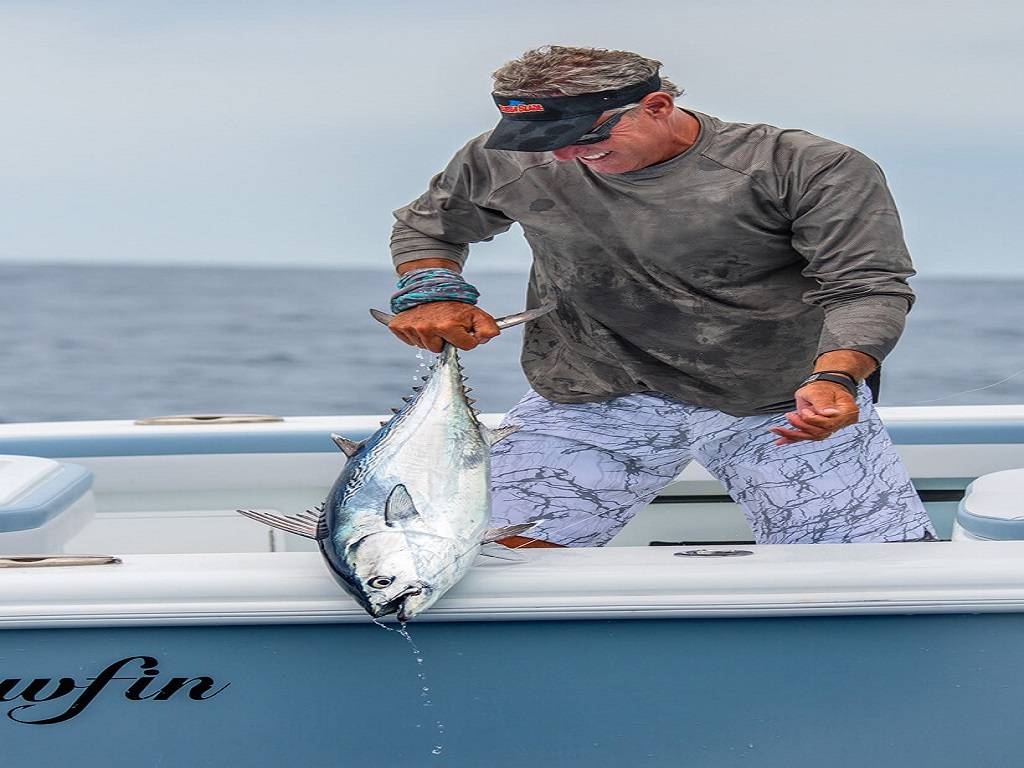
What separates inshore fishing from offshore fishing is one of the most vital contrasts in the fishing business. You will often notice such words and may be wondering what they truly mean when deciding which fishing trip seems the fittest for your preferences.
They may be described differently depending on the place because every location and body of water has a distinct topography and drop-off, but it may be best summarised as deep-sea fishing or fishing near to the shore vs fishing farther out from the coast.
Inshore Fishing
The depth of the water, which is an accepted line in the sand that serves as the boundary between both types of fishing is the main contrast between inshore and offshore fishing. When you fish inshore, you'll often be a few miles from the coast and also within casting distance of it, using light tackle to target well-known spots like beaches, piers, jetties, residences, mangroves, and islands.
Facts About Inshore Fishing
-
Uses minimal or less equipment
-
Use canoes, kayaks, and small motorboats.
-
Within a few kilometers of the shore or in water no deeper than 30 metres is where you may fish.
-
Despite the seasons changing, year-round fishing is becoming prevalent.
-
Snapper, snook, striped bass, and other smaller fish species are commonly captured.
-
More quantities of fish caught
Facts About Offshore Fishing
-
Needs large boats for fishing in-game.
-
Water deepness of 30 meters or even more or generally 20-50 miles offshore.
-
Use more powerful fishing gear.
-
More use of SONAR, radio, and weather equipment.
-
Fish behavior is greatly influenced by the seasons and the climate.
-
Larger species include sharks, marlin, wahoo, amberjack, and tuna.
Time Restrictions
While offshore fishing may entail a longer travel time and sometimes includes laying bait in numerous locations before rotating between them, inshore fishing is more accessible because you don't have to cast a line as far out into the ocean. Inshore fishing expeditions normally last four to six hours, but offshore excursions might last eight to twelve hours.
Quantity of Catch
The kind of fishing you conduct will also affect how many fish you can and will capture. Due to the longer and more difficult process of reeling in a "trophy catch," a procedure that may take anywhere between thirty minutes to two hours depending on the fish at the end of your line, offshore fishing is likely to produce a lower number of fish. Always strive to surpass your personal best when inshore fishing since you may cast your line out more frequently and capture more fish as a result.
Types of Fish
Inshore fishing often focuses on smaller fish, whereas offshore fishing seeks out larger "trophy" catches. This is the most crucial aspect if you want to try reeling in a particular kind of fish! Our offshore fishing tours target big game species like mahi-mahi and grouper, while our inshore fishing charters focus on lesser catches like redfish, flounder, and trout.
The larger species that are sought after in offshore fishing demand heavier gear and put up a tougher and longer fight, albeit being considerably bigger and more appropriate for that prize catch shot.











